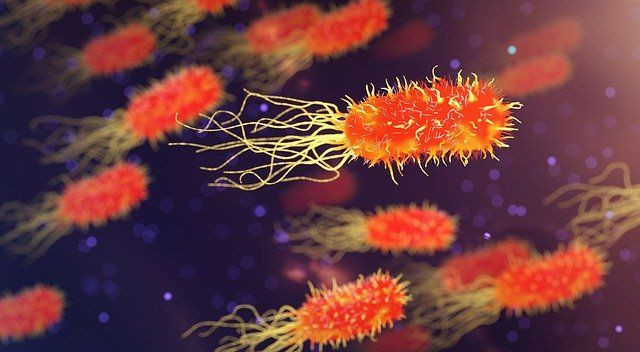Groundbreaking Method To Destroy Drug-Resistant Superbugs Discovered
KEY POINTS
- Antibiotic resistance leads to longer hospital stays, increased medical costs and an increase in mortality rates
- It causes about 700,000 deaths every year
- New research has identified a liquid metal which appears promising in destroying drug-resistant bacteria
Antibiotic resistance is on the rise and is becoming one of the biggest threats to global health, development and food security, according to the World Health Organization. Not only does it lead to longer hospital stays and increased medical costs but also an increase in mortality rates.
Antibiotic resistance causes about 700,000 deaths every year and, without any action, the death toll could rise to 10 million people a year in the next three decades, Phys.org reports. The researchers from the RMIT University achieved a breakthrough in bacteria-destroying technology, which could be a potential solution to the antibiotic resistance problem.
Antibiotics resistance has made the treatment of infections that are biofilm-related quite challenging. The search for next-generation antimicrobial technologies should be focusing on targeted therapies against these multidrug-resistant bacteria.
The study published in ACS Nano provides a proof-of-concept investigation into the use of liquid metal (magneto-responsive gallium-based) droplets, which acts as antibacterial materials to damage, disintegrate and destroy pathogens within a mature biofilm.
A bacterial biofilm is a protective shield or house where the bacteria thrive in. And these nano-sized particles of the magnetic liquid metal could destroy the bacteria without posing any harm to the cells.
"We're heading to a post-antibiotic future, where common bacterial infections, minor injuries, and routine surgeries could once again become deadly," Elbourne, a Postdoctoral Fellow in the Nanobiotechnology Laboratory at RMIT, said. "It's not enough to reduce antibiotic use, we need to completely rethink how we fight bacterial infections”.
Since bacteria are incredibly adaptable and are potent to develop defenses to the chemicals used in antibiotics, the researchers opined that they lack a way of dealing with a physical attack. Their method uses precision-engineered liquid metals that are used to physically rip bacteria to shreds and smash them through the biofilm. They hope that developing their technology can be a solution to the antibiotic resistance threat.
This liquid metal technology could be used as a spray coating for implants to make them powerfully antibacterial in order to reduce infections after hip and knee replacement procedures. They can also be used as injectables used at the infection sites.

© Copyright IBTimes 2025. All rights reserved.






















